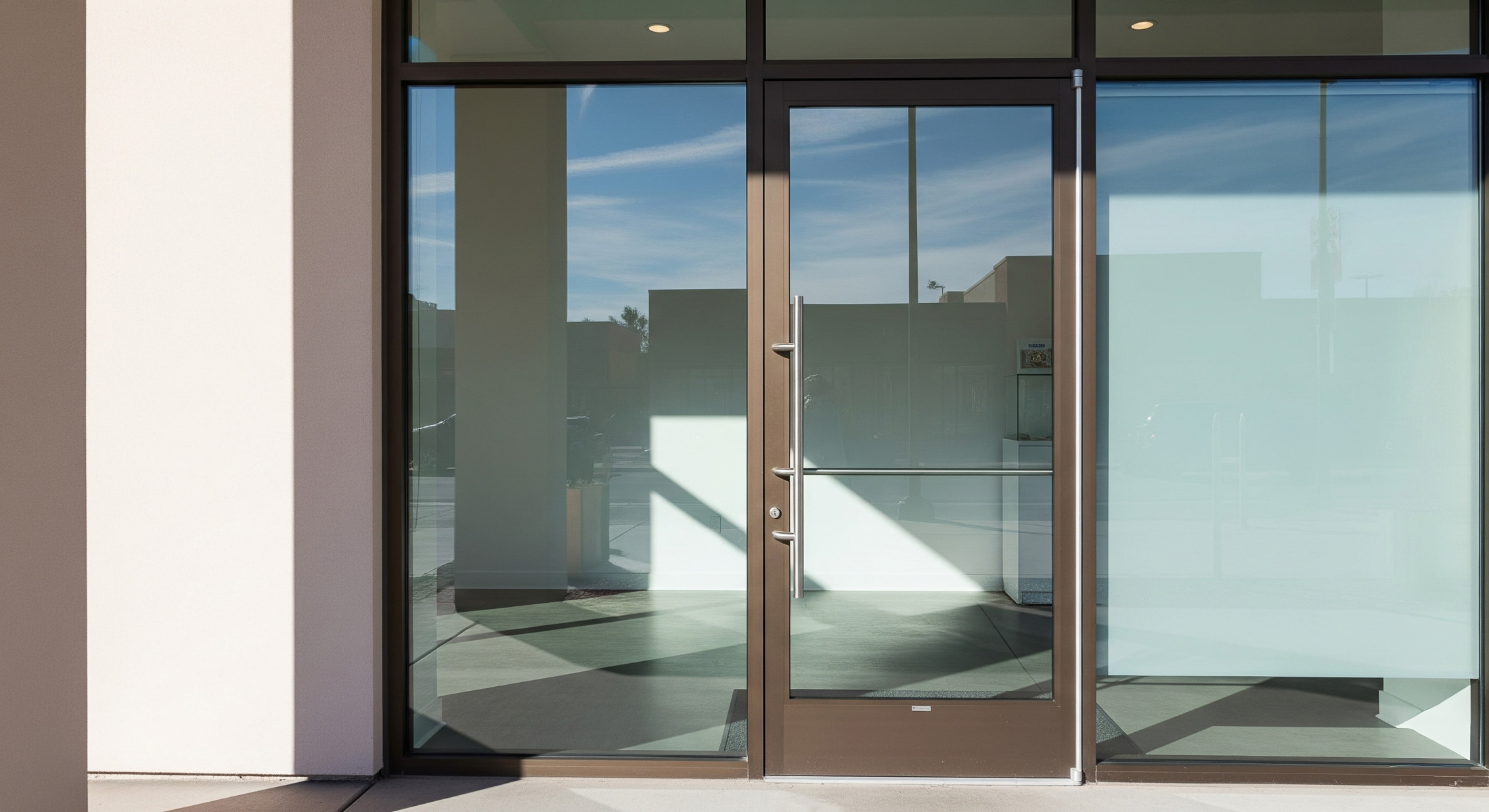
When Is Tempered Glass Required in Commercial Projects?
Understanding Safety Codes and Practical Use Cases in California and Arizona
Tempered glass is a key safety component in commercial construction, and knowing when it’s required is essential for avoiding failed inspections, redesigns, or delays. At Ramos Industries, Inc., we help general contractors, property managers, and developers navigate where and why tempered glass must be used in accordance with building codes across California and Arizona.
This guide breaks down the most common scenarios where tempered glass is mandatory and how to make sure your project stays code-compliant from day one.
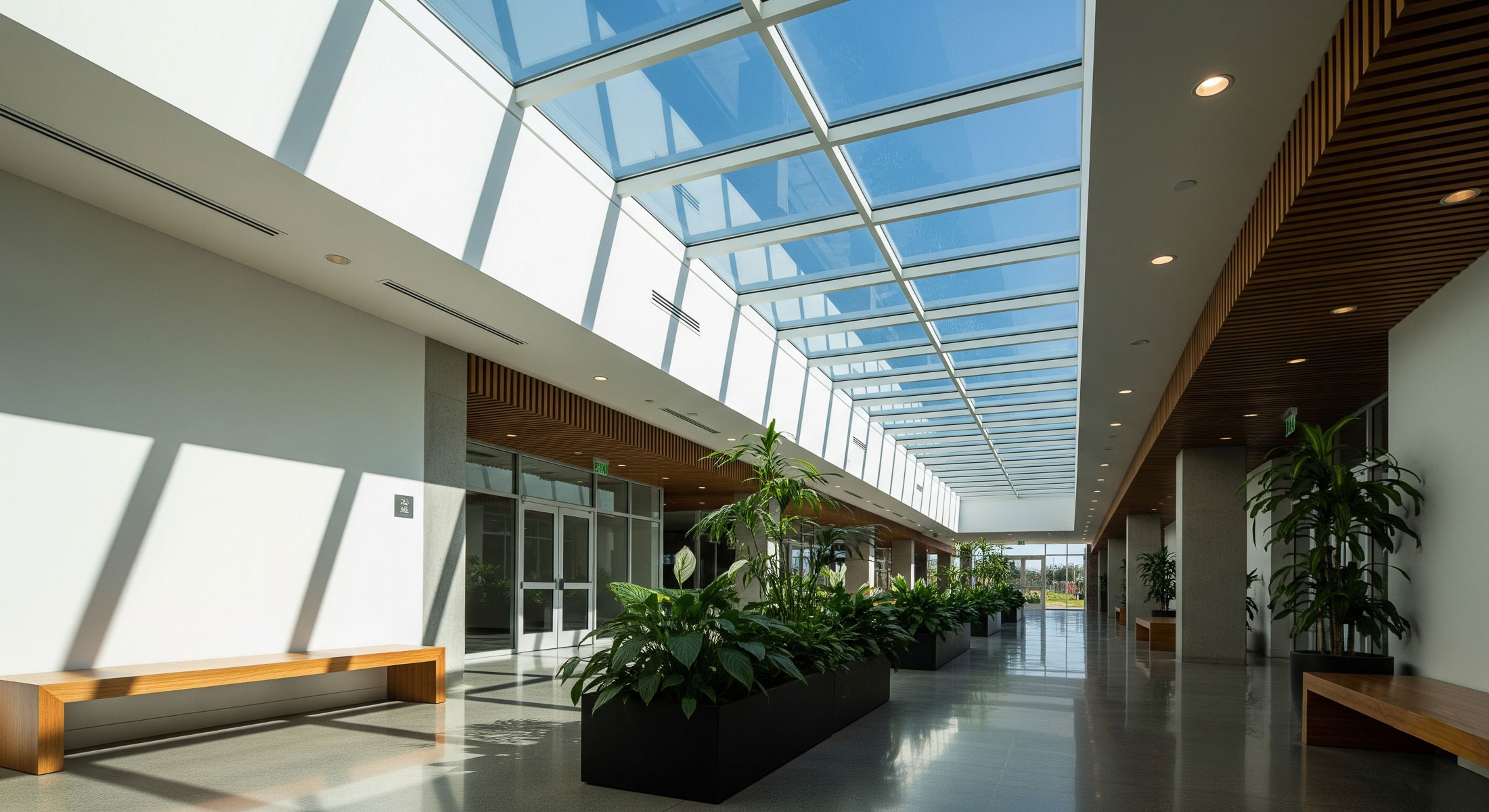
Tempered glass is a type of safety glass that’s been heat-treated to be four to five times stronger than standard annealed glass. When it breaks, it shatters into small, blunt pieces rather than sharp shards, reducing the risk of injury.
It’s often required in commercial spaces where impact risk, human contact, or environmental stress is likely.
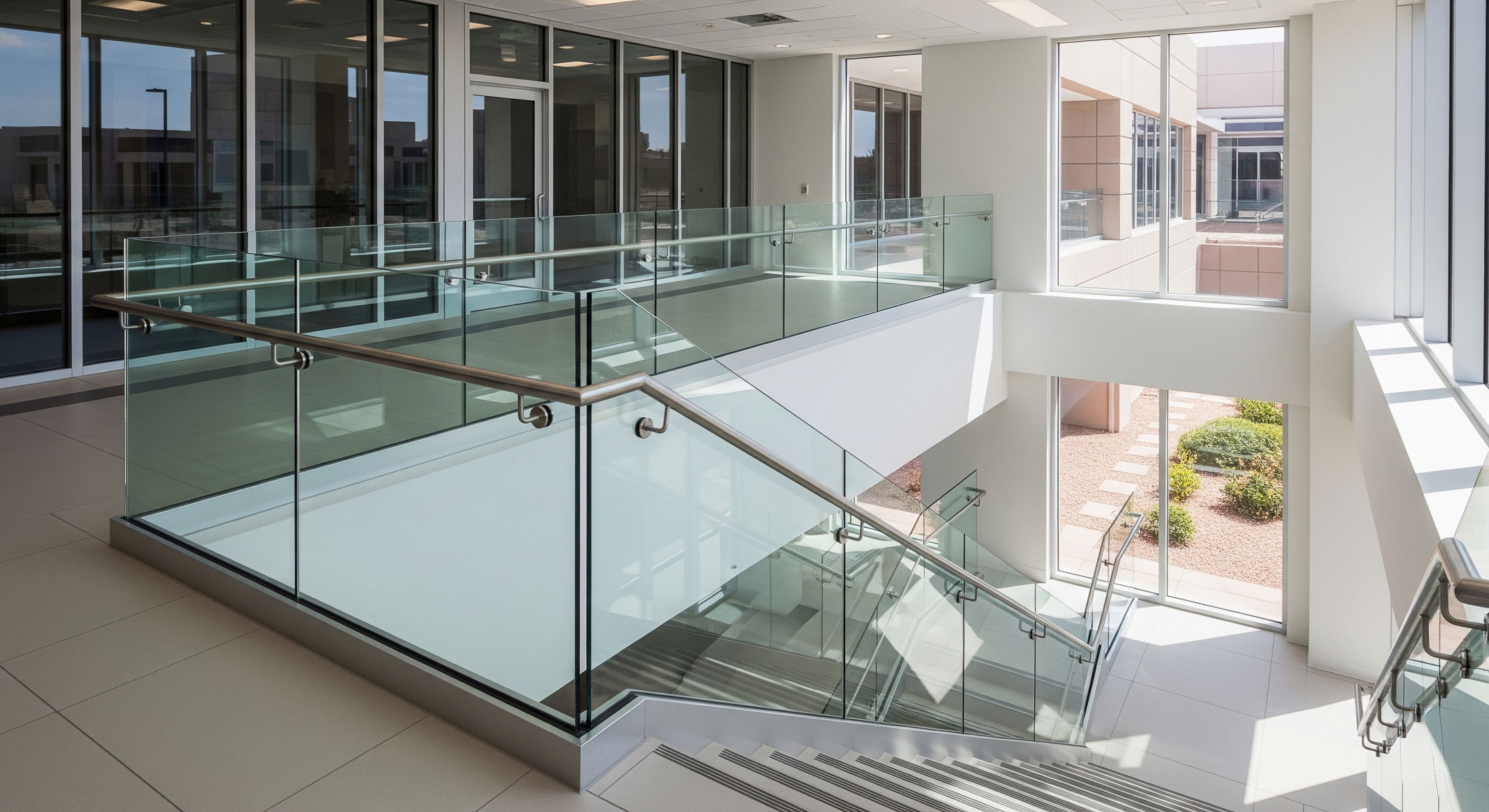
Tempered glass is typically mandated by IBC (International Building Code) and California Building Code in the following commercial applications:
1. Doors and Side Lites
2. Glass Near the Floor
3. Glass in Hazardous Locations
4. Shower Enclosures and Wet Areas
5. Stairwells, Ramps, and Guardrails
6. Skylights and Overhead Glazing
Overhead applications typically require tempered or laminated safety glazing, especially if the glass is installed above walking surfaces
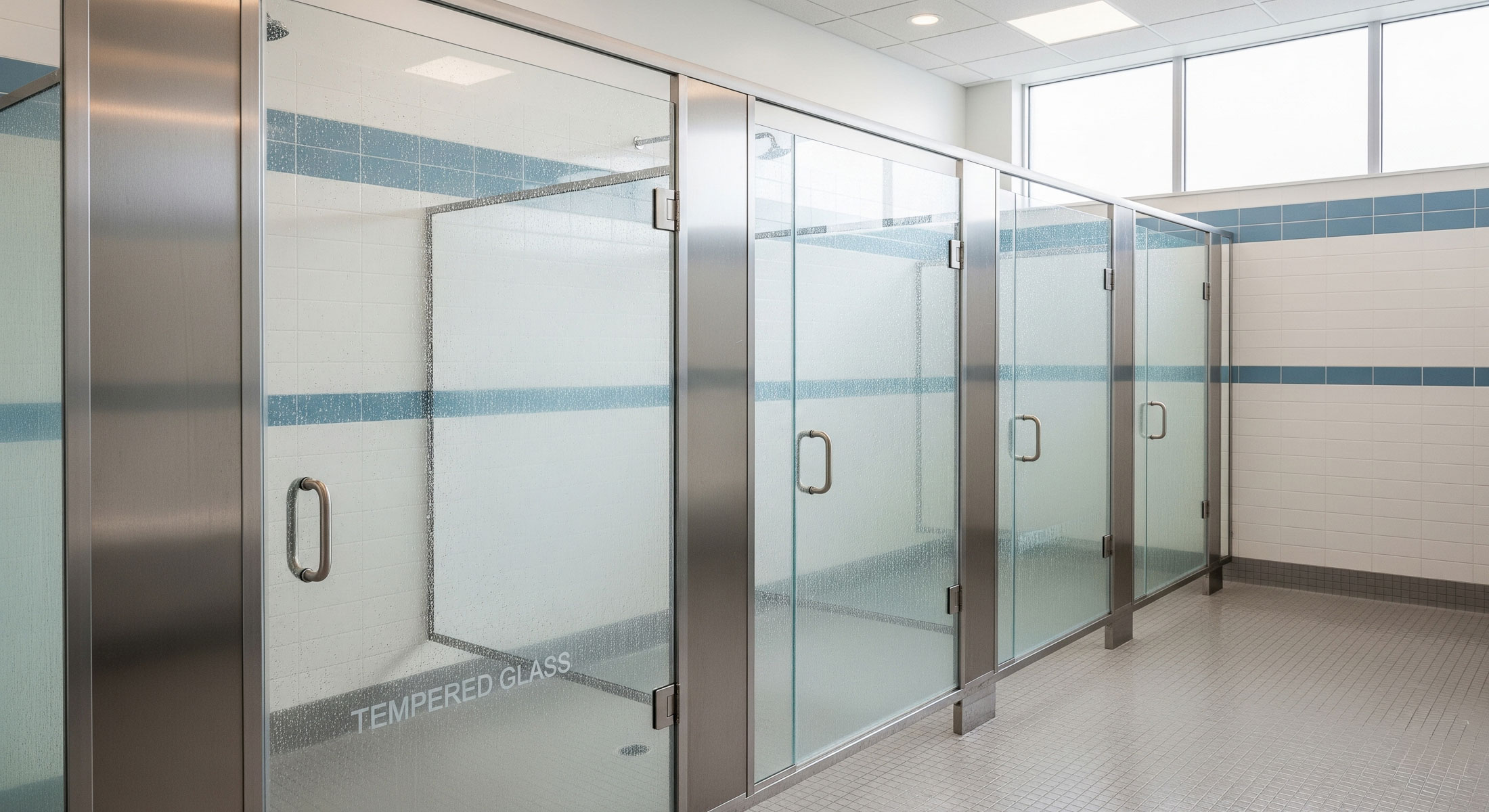
✓ Code Compliance
✓ Occupant Safety
✓ Durability and Strength
✓ Clean, Modern Design
Common in corporate interiors, universities, and mixed-use buildings
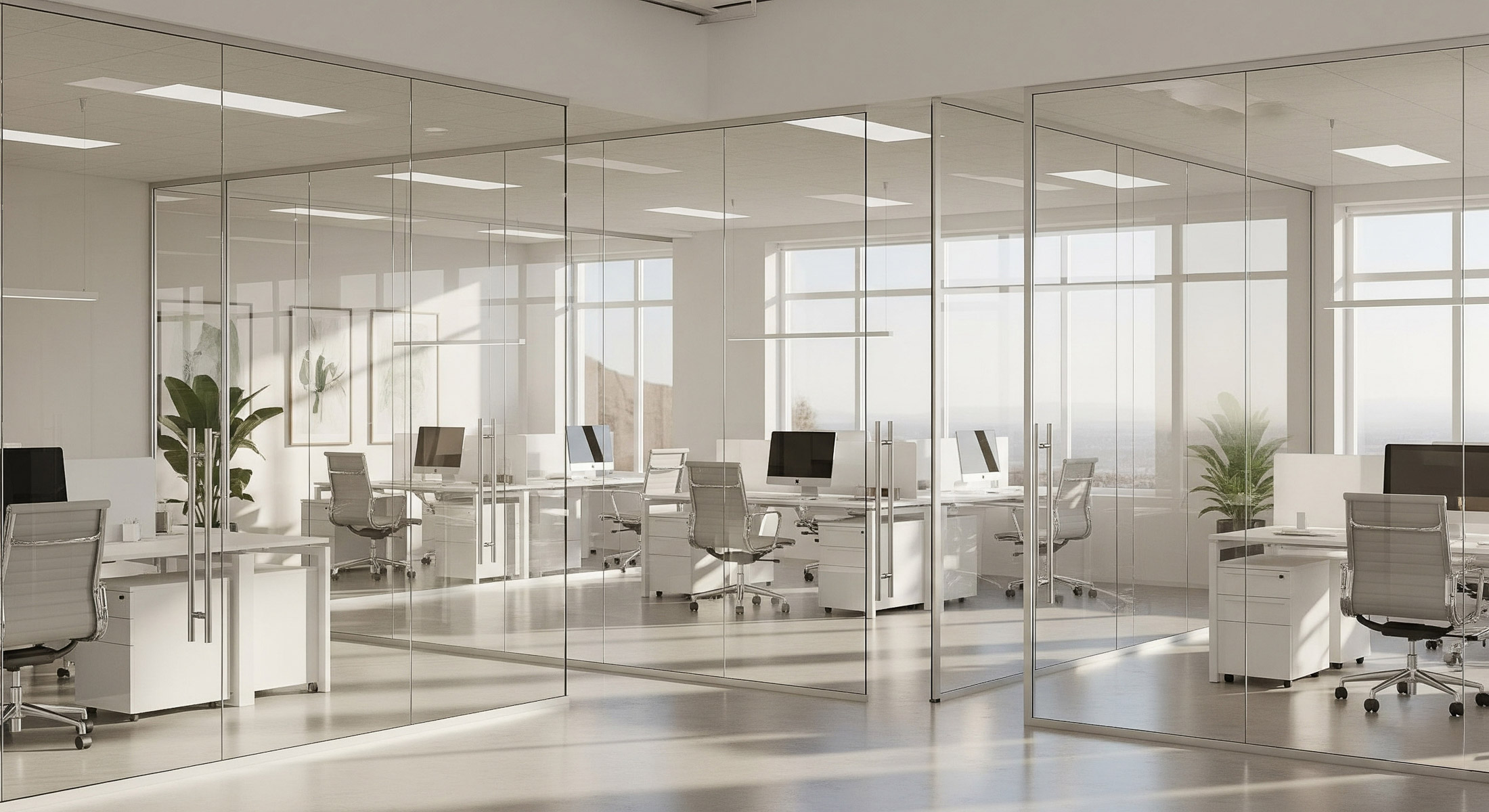
Remember, tempered glass cannot be cut after fabrication, so exact measurements are critical
Our team works closely with general contractors and project managers to ensure all required safety glass is correctly specified, ordered, and installed. Whether you’re building a retail storefront, healthcare center, or multi-level office, we provide field-proven solutions that meet safety, durability, and aesthetic requirements.
We’ve delivered tempered glass systems across California and Arizona, always with a focus on precision, safety, and staying ahead of inspection timelines.
Tempered glass isn’t just a best practice—it’s often a code requirement. Make sure your commercial project gets it right the first time.
Visit www.ramosindustriesinc.com to learn more or contact us today to review your glass specifications for compliance and performance.